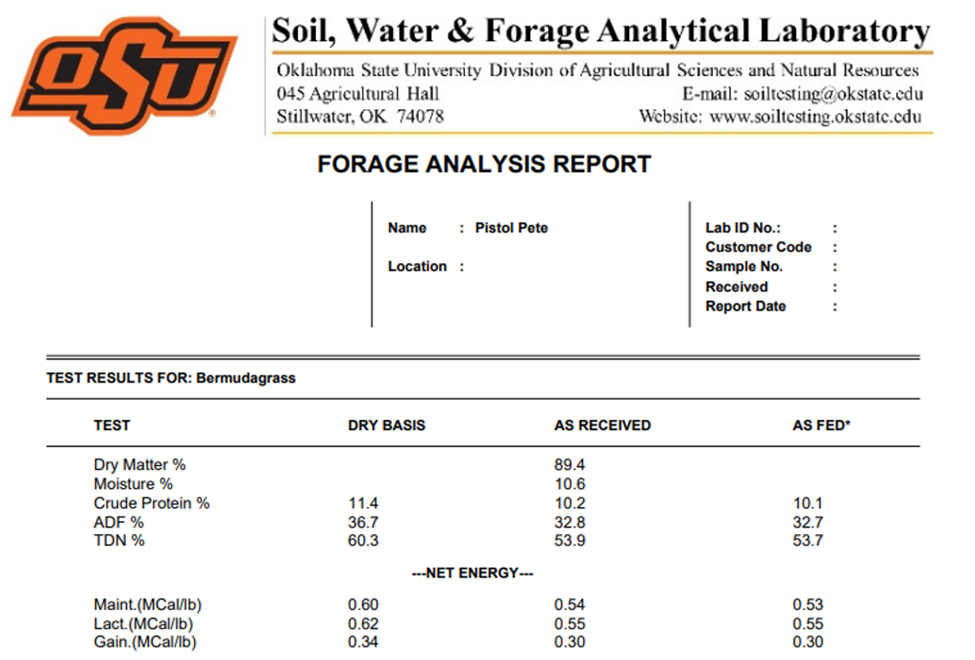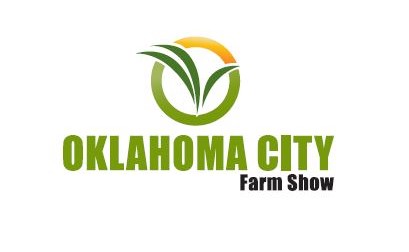Brian Freking, SE District Extension Livestock Specialist, offers vaccine handling advice as part of the weekly series known as the “Cow Calf Corner” published electronically by Paul Beck. Today Freking is talking about understanding forage quality analysis.
Ruminant animals are naturally meant to consume a diet based on forage or roughage. Pasture and hay should usually make up most of the diet. When purchasing hay, many people may utilize visual quality such as greenness, free of weeds, or more leaves than stems but we should strive to know the nutrient content.

Sample Report
This report has been run for a basic analysis which provides protein and moisture, acid detergent fiber (ADF), total digestible nutrients (TDN), Net Energy for maintenance, lactation, and gain. Once moisture content is determined, we only want to focus on the Dry Basis column for accurate nutrient comparisons.
Moisture %: the ideal moisture for hay will range from 10% to 20% with approximately 15% being ideal. Moisture above 20% can lead to risk of mold formation and potential for spontaneous combustion.
Crude Protein (CP) is usually what most people look at when evaluating a feed ingredient. Total nitrogen is the fraction of the plant including true protein and non-protein nitrogen. Crude Protein in forages is simply calculated by multiplying total nitrogen by 6.25.
Acid Detergent Fiber (ADF,%) is a sub-fraction of Neutral Detergent Fiber (NDF,%) which was not run on this report. NDF is the whole fibrous fraction (cellulose, hemicellulose, and lignin) plus small amount of silica and minerals that constitute most of the plant cell wall. ADF is composed of cellulose, lignin and a minor amount of silica and minerals. Both ADF and NDF give us an idea of the amount of fiber. The more mature the plant becomes, the higher the amount of fiber it will contain. We refer to these values as being negatively correlated. The higher the ADF value the less digestible the forage will be broken down in the digestive tract. The higher the NDF value is negatively correlated with forage intake, so the higher the number, intake will be reduced.
Total Digestible Nutrients (TDN,%) is a simple measure of energy consumption expressed as a fraction and is calculated from ADF. TDN tends to overestimate the energy value of roughages compared to concentrates (grains). It still is a good measure of performance predictability based on its value.
The California Net Energy System provides improved predictability of productive response of animals, depending on whether feed energy is being used for maintenance (NEm), growth (NEg) or lactation (NEl). Since this system is more complicated most people rely more on the TDN value.
In summary, high-quality forage is the end product of good growing conditions, correct harvest timing and proper handling and storage from harvesting to utilization. Knowing the nutrient contents goes a long way in managing the performance of livestock. Please, get that hay tested!

















